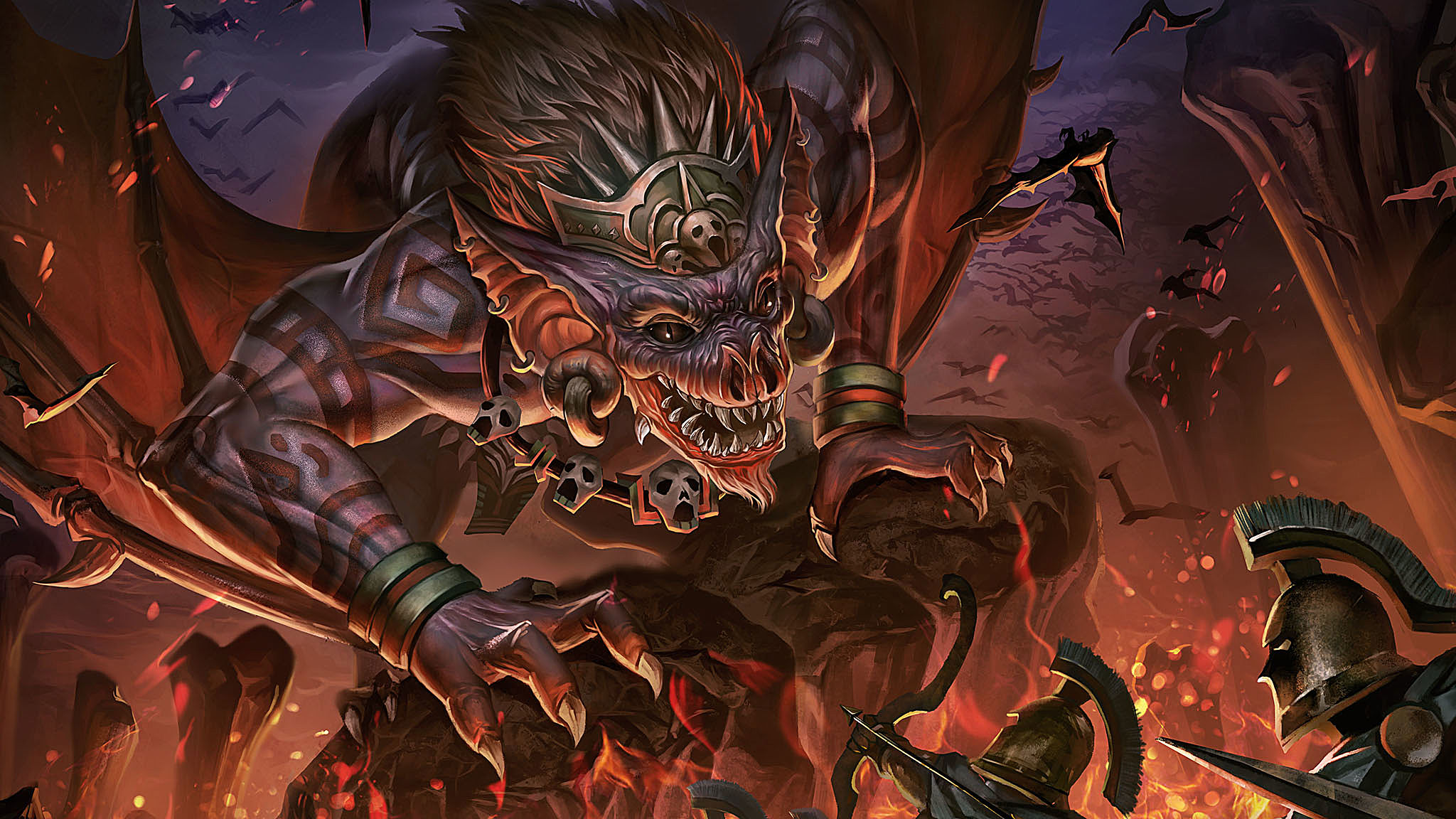
Descriptions of the appearance of jötnar are uncommon however the progenitor of the jötnar is described as having the form of a man. Despite the terms used to refer to male and female jötnar often being glossed as 'giant' and 'giantess' respectively, in Eddic sources they are often not described as notably large and are thus sometimes anglicised or left untranslated in translations and academic texts. The harmful nature of þursar is also described in the Icelandic and Norweigian rune poems, where they are identified for causing strife to women. In the Eddas, jötnar are beings typically with similar power to the gods and may also be referred to by the negative terms troll and þurs. Tolkien and Rudolf Simek, with the word being used to describe the being when in either Old Norse or Anglo-Saxon mythology respectively. The cognates jötunn (ON) and eoten (OE), and þurs (ON) and þyrs (OE) have been equated by scholars such as J. Several terms are used specifically to refer to female entities that fall into this wider category, including íviðja (plural íviðjur), gýgr (plural gýgjar) and tröllkona (plural tröllkonur). Old Norse þurs, Old English þyrs, and Old High German duris 'devil, evil spirit' derive from the Proto-Germanic masculine noun * þur(i)saz, itself derived form Proto-Germanic * þurēnan, which is etymologically connected to Sanskrit turá- 'strong, powerful, rich'. Orel observes that the Old Saxon adjective wrisi-līk 'enormous' is likely also connected. Old Norse risi and Old High German riso derive from the Proto-Germanic masculine noun * wrisjon. The word is cognate with ettin, an archaic word for giant. Proto-Germanic * etanan is reconstructed from Old Norse etall 'consuming', Old English etol 'voracious, gluttonous', and Old High German filu-ezzal 'greedy'. Philologist Vladimir Orel says that semantic connections between * etunaz with Proto-Germanic * etanan ('to eat') makes a relation between the two nouns likely. Old Norse jötnar (also jǫtunn) and Old English eoten developed from the Proto-Germanic masculine noun * etunaz.

The word eotenas in the manuscript of Beowulf The terms for the beings also have cognates in later folklore such as the British Yotun and Danish Jætte code: dan promoted to code: da which can share some common features such as being turned to stone in the day and living on the periphery of society. Although the term " giant" is sometimes used to gloss the word " jötnar" and its apparent synonyms in some translations and academic texts, jötnar are not necessarily notably large. The usage of the terms is dynamic, with an overall trend that the beings become portrayed as less impressive and more negative as Christianity becomes more influential. The jötnar are frequently attested throughout the Old Norse record, with eotenas also featuring in the Old English poem Beowulf. The jötnar typically dwell across boundaries from the gods and humans in lands such as Jötunheimr.


The entities themselves are referred to by several other terms, including risi, þurs (or thurs) and troll if male and gýgr or tröllkona if female. In Norse mythology, they are often contrasted with gods ( Æsir and Vanir) and other non-human figures, such as dwarfs and elves, although the groupings are not always mutually exclusive. 10th-century picture stone from the Hunnestad Monument that is believed to depict a gýgr riding on a wolf with vipers as reins, which has been proposed to be Hyrrokkin.Ī jötunn (in the normalised scholarly spelling of Old Norse, jǫtunn / ˈ j ɔː t ʊ n/ Old Norse pronunciation: plural jötnar/ jǫtnar ) or, in Old English, eoten (plural eotenas) is a type of supernatural being in Germanic mythology.


 0 kommentar(er)
0 kommentar(er)
